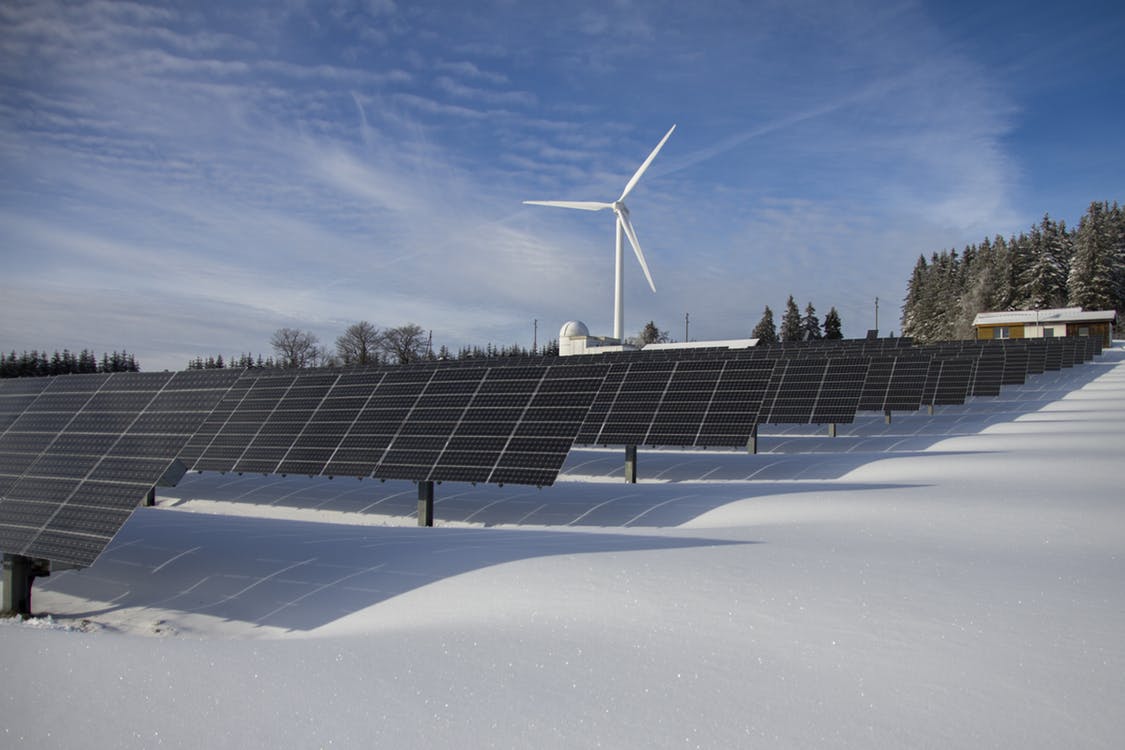The UK is at growing risk of missing legally binding climate targets after the pace of decarbonisation slowed last year, new analysis has concluded.
The warnings, which compound others from a raft of industry groups and energy watchdogs, come despite “every conceivable” renewable energy record, with the exception of those relating to hydro generation, falling last year.
Those findings are published within the latest Drax Electric Insights report, published today in conjunction with Imperial College London, which reveals that last year’s average carbon intensity stood at 217g/kWh.
That figure was roughly 8% lower than 2017’s grid carbon intensity, amounting to the slowest rate of annual decarbonisation witnessed since 2013.

The period from 2014 – 2016 was something of a golden period of decarbonisation of the UK’s power supply as increasing quantities of wind and solar generation came onstream. In 2016 alone the average carbon intensity slid by 85g/kWh, more than four-times the 20g reduction recorded last year.
The UK has a legally binding commitment to reduce grid carbon intensity to an average of 100g/kWh by 2030, a figure which would require a 6% drop each year over the next decade.
However Drax and Imperial College London have warned that current projections show that grid carbon intensity is expected to slide by just 5% over the coming years as new renewables and nuclear projects slump.
Wind and solar installations have crashed in recent years as subsidies have been abruptly withdrawn and while the advent of grid-parity in certain, very specific circumstances is expected to see the return of some large-scale development, it will unlikely be enough to trigger the kind of decarbonisation required.
Read more: Current News


